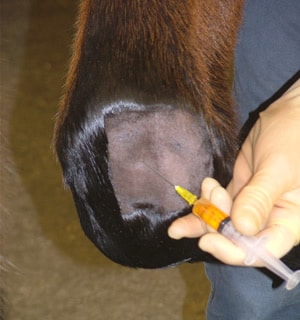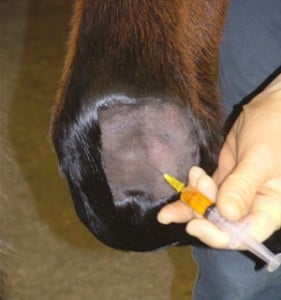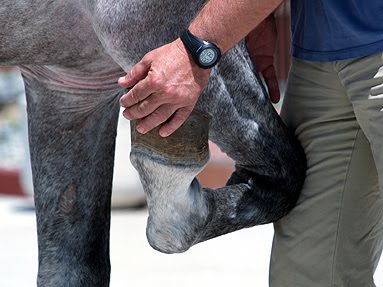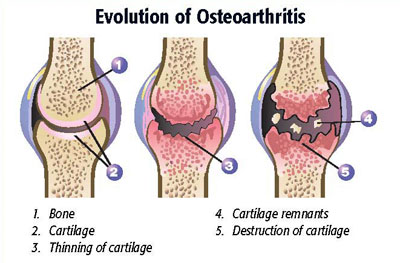When your veterinarian makes a decision to treat your horse by injecting a substance into one or more of its joints, he or she has the choice of one or more of several different products. It’s important to remember that if you’re horse has osteoarthritis, no therapy is curative. On the other hand, if your horse’s joint is acutely inflamed, without any serious damage, the chances are that he’ll be back to 100% in a relatively short period time.
Before you decide to have one or more of your horse’s joints injected, your veterinarian should perform a thorough lameness examination. You don’t want to inject substances into his joints indiscriminately; you want to make sure that you are injecting substances into an area that is causing the horse problems. Injecting substances into joints is a procedure that carries risk (primarily of infection and inflammation); it’s not smart to undergo any procedure that carries risk without a good expectation of benefit.
That often means that prior to any therapeutic substance being injected into the joint, your veterinarian will put some anesthetic into the joint (a “joint block”) and see how the horse moves, not feeling the joint of concern. This is a very common procedure in most equine veterinary practices and one that most veterinarians perform regularly.
During a lameness examination, your veterinarian palpate, flex, and otherwise manipulate different areas, looking for areas of soreness or 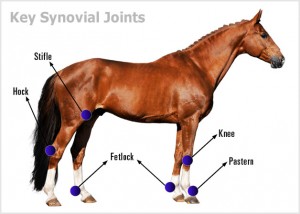 reduced mobility. The horse will be jogged in hand (usually on a hard surface) to see if there are any changes in normal movement. Occasionally, lameness only shows up when the horse is ridden – in such circumstances, a lameness examination may include an evaluation under saddle.
reduced mobility. The horse will be jogged in hand (usually on a hard surface) to see if there are any changes in normal movement. Occasionally, lameness only shows up when the horse is ridden – in such circumstances, a lameness examination may include an evaluation under saddle.
If the source of lameness has been shown to be a joint, further diagnostic tests, such as X-rays, scintigraphy, or MRI, may be warranted to help evaluate the extent of the problem. Once all of the information has been collected, your veterinarian then will let you know if joint therapy is warranted. Injections of therapeutic substances are popular, but by no means are the a cure all.
Finally, there’s no need to inject substances into normal horse joints, a disturbing practice referred to as “joint maintenance.” Normal joints aren’t don’t need routine injections, and there are risks associated with the procedure. Save joint therapies for joints that need therapy, and only inject joints in which there is a reason for them to be injected.

